 1987 Audi 90 (B3, Typ 89,89Q,8A) Dimensions, Size & Specs
1987 Audi 90 (B3, Typ 89,89Q,8A) Dimensions, Size & SpecsMeasurements of the 1987 Audi 90, engineered for optimal performance and comfort
| Dimensions | |
|---|---|
| Length: | 4393-4478 mm173.0-176.3 in14.4-14.7 ft |
| Width: | 1695 mm66.7 in5.6 ft |
| Height: | 1371-1397 mm54.0-55.0 in4.5-4.6 ft |
| Trunk Capacity: | 313-425 liter11.1-15.0 cu ft |
| Weight Specifications | |
| Curb Weight: | 1090-1365 kg2403-3009 lbs |
| Maximal permitted Weight: | 1550-1780 kg3417-3924 lbs |
| Tire Specifications | |
| Rims Sizes: |
|
| Tire Sizes: |
|
The Audi 90 (B3, Typ 89, 89Q, 8A) sedan, produced between 1987 and 1991, represents a key model in Audi's lineup during the late 1980s and early 1990s. This midsize sedan combines practicality with Audi's characteristic engineering and design cues of the era. Its length ranges from 4393 mm to 4478 mm (approximately 173 to 176 inches), granting it a substantial presence on the road without compromising maneuverability. The width remains steady at 1695 mm (67 inches), and the height varies between 1371 mm and 1397 mm (54 to 55 inches), contributing to a balanced profile that emphasizes both aerodynamics and interior space.
In terms of weight, the Audi 90 B3 models weigh between 1090 kg and 1365 kg (2403 to 3009 lbs) when unladen, with a maximum permissible weight ranging from 1550 kg to 1780 kg (3417 to 3924 lbs). This weight spectrum reflects different engine and trim variants available throughout its production run. The car is designed with practicality in mind; luggage capacity varies from 313 liters to a generous 425 liters (11 to 15 cubic feet), making it suitable for daily use as well as longer trips.
The Audi 90 rides on rims sized 14 or 15 inches, using tire dimensions such as 175/70 R14, 195/60 R14, 205/50 R15, and 165/60 R14, catering to different driving preferences and road conditions. Overall, the Audi 90 B3 stands as a representative midsize sedan from the late 20th century, notable for its blend of compact dimensions, lightweight build, and practical interior space, making it a practical choice for enthusiasts and everyday drivers alike.
Discover the standout features that make the 1987 Audi 90 a leader in its class
Have a question? Please check our knowledgebase first.
The Audi 90 (B3, Typ 89,89Q,8A) sedan, produced from 1987 to 1991, features variable dimensions depending on specific versions. Its length ranges from 4393 mm to 4478 mm (approximately 173 to 176.1 inches), width is fixed at 1695 mm (66.7 inches), and height varies between 1371 mm and 1397 mm (54 to 55 inches). These dimensions place the vehicle firmly in the mid-size sedan category of its era, providing a balance between interior space and manageable exterior size suitable for urban and highway driving.
The curb weight of the Audi 90 B3 generation ranges from 1090 kg to 1365 kg (approximately 2403 to 3009 pounds). This weight range reflects different engine and trim configurations, affecting fuel economy, acceleration, and handling. A lower curb weight generally improves agility and fuel efficiency, while a higher curb weight might contribute to enhanced stability and ride comfort. The moderate weight ensures that the car remains relatively nimble while maintaining solid build quality typical of Audi sedans from this period.
The maximum permissible weight (gross vehicle weight) of the Audi 90 (B3) ranges from 1550 kg to 1780 kg (approximately 3417 to 3924 pounds). This figure includes the vehicle's curb weight plus passengers, luggage, and any additional load. The difference between maximum and curb weight indicates the potential payload capacity, which means the car can carry around 460 to 690 kilograms (1014 to 1521 pounds) in passengers and cargo safely. This capacity is adequate for a mid-size sedan, comfortably accommodating a full passenger load and their belongings.
The luggage capacity of the Audi 90 B3 sedan varies between 313 liters and 425 liters (approximately 11 to 15 cubic feet). This sizeable trunk space is quite practical for everyday use, offering ample room for groceries, luggage, or other cargo. The variation in capacity depends on specific model configurations and whether rear seats can be folded or have a pass-through feature. Overall, the trunk size meets the expectations of mid-size sedans from the late 1980s and supports both commuter and family-oriented lifestyles.
The Audi 90 (B3) is compatible with rim sizes of 14 and 15 inches. Corresponding tire sizes include 175/70 R14, 195/60 R14, 205/50 R15, and 165/60 R14. These tire specifications ensure balanced performance, ride comfort, and handling characteristics tailored to the vehicle's weight and suspension setup. Choosing the correct tire and rim size is important for safety, driving stability, and optimal contact with the road surface.
A standard single-car garage typically measures around 2.4 meters (8 feet) wide and 4.8 to 6 meters (16 to 20 feet) deep. With the Audi 90 (B3) having a width of 1695 mm (66.7 inches or roughly 1.7 meters) and a length between 4393 mm and 4478 mm (173 to 176 inches or about 4.4 to 4.5 meters), it comfortably fits inside a standard garage. The car's moderate height, maxing at 1397 mm (55 inches), also poses no clearance issues. Therefore, owners of this model should have no difficulty parking the vehicle in most typical residential garages.
Compared to its predecessor, the Audi 80 (B2), the Audi 90 (B3) shows slight evolution in size. The B2 Audi 80 typically measured around 4360 mm in length and 1690 mm in width, while the B3 Audi 90 ranges from 4393 mm to 4478 mm in length and 1695 mm in width. This indicates a modest increase in length by about 30 to 100 mm, offering improved interior space and a more modern design without drastically changing the car’s footprint. Height increased slightly as well, enhancing passenger comfort and headroom. These dimensional upgrades reflect Audi's attempt to enhance comfort and style while maintaining the nimble driving dynamics of the earlier model.
When compared to contemporaries like the BMW 3 Series (E30) and Mercedes-Benz 190E (W201), the Audi 90 (B3) is competitively sized. The BMW E30 3 Series ranges from about 4380 mm to 4420 mm in length and around 1680 mm in width, slightly smaller or similar to the Audi 90. The Mercedes 190E measures close to 4470 mm in length and 1700 mm in width, quite close to the Audi’s dimensions as well. Thus, the Audi 90 fits well within the standard mid-size sedan segment of the late 1980s, offering comparable exterior dimensions that balanced interior space and maneuverability.
The height of the Audi 90 B3 generation varies from 1371 mm (54 inches) to 1397 mm (55 inches) depending on the specific variant and suspension setup. This 26 mm difference is subtle but can influence ground clearance, ride quality, and visual stance. Lower height typically corresponds with sportier variants and improved aerodynamic efficiency, enhancing high-speed stability. Meanwhile, models with slightly higher height may provide more suspension travel, contributing to comfort over rough surfaces. From an aesthetic perspective, the variation is minor but can subtly change the car's profile and road presence.
The curb weight of the Audi 90 (B3) ranges from 1090 kg to 1365 kg (2403 to 3009 lbs), reflecting different engine options and trim levels. This moderate weight is significant in balancing fuel efficiency and handling characteristics. A lighter curb weight aids in better fuel economy, as the engine expends less energy moving the vehicle. It also supports agile handling and responsive steering, enhancing driving pleasure. Conversely, heavier variants might provide more stability and improved ride comfort but may consume more fuel. Audi’s design approach with the 90 B3 sought to offer an optimal balance that appealed to drivers looking for both performance and economy.
Discover similar sized cars.

| Production: | 2019-present |
|---|---|
| Model Year: | 2020 |
| Length: | 4495 mm177.0 in |
| Width: | 1740 mm68.5 in |
| Height: | 1460 mm57.5 in |
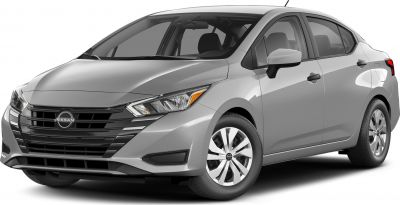
| Production: | 2022-present |
|---|---|
| Model Year: | 2023 |
| Length: | 4496 mm177.0 in |
| Width: | 1740 mm68.5 in |
| Height: | 1455 mm57.3 in |
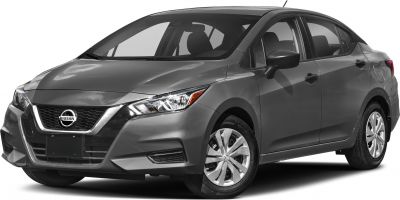
| Production: | 2019-2022 |
|---|---|
| Model Year: | 2020 |
| Length: | 4496 mm177.0 in |
| Width: | 1740 mm68.5 in |
| Height: | 1455 mm57.3 in |
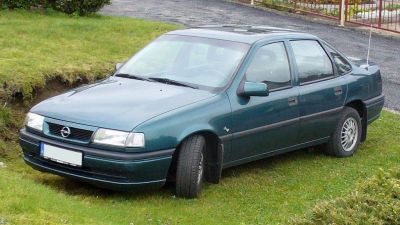
| Production: | 1992-1995 |
|---|---|
| Model Year: | 1992 |
| Length: | 4432 mm174.5 in |
| Width: | 1706 mm67.2 in |
| Height: | 1400 mm55.1 in |
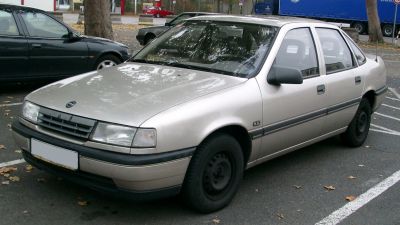
| Production: | 1988-1992 |
|---|---|
| Model Year: | 1988 |
| Length: | 4432 mm174.5 in |
| Width: | 1706 mm67.2 in |
| Height: | 1400 mm55.1 in |
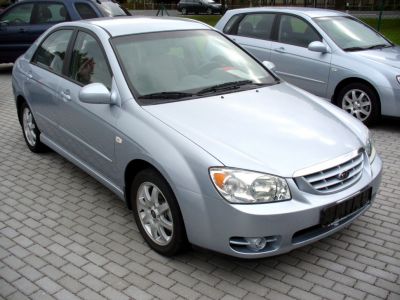
| Production: | 2004-2006 |
|---|---|
| Model Year: | 2004 |
| Length: | 4480 mm176.4 in |
| Width: | 1735 mm68.3 in |
| Height: | 1470 mm57.9 in |

| Production: | 1986-1996 |
|---|---|
| Model Year: | 1987 |
| Length: | 4430-4480 mm174.4-176.4 in |
| Width: | 1705 mm67.1 in |
| Height: | 1405 mm55.3 in |
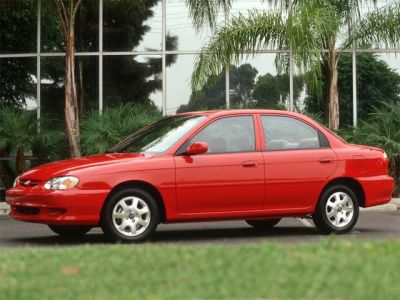
| Production: | 1998-2003 |
|---|---|
| Model Year: | 1998 |
| Length: | 4427-4510 mm174.3-177.6 in |
| Width: | 1711-1720 mm67.4-67.7 in |
| Height: | 1415 mm55.7 in |
